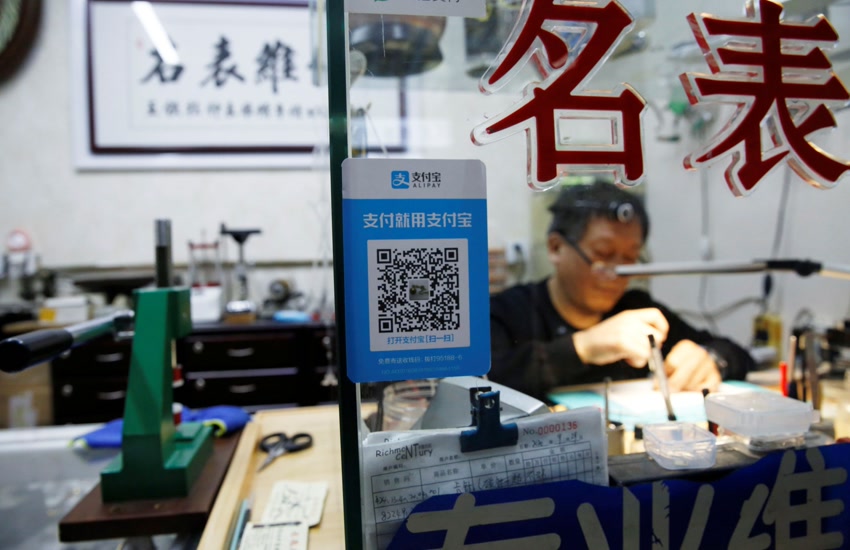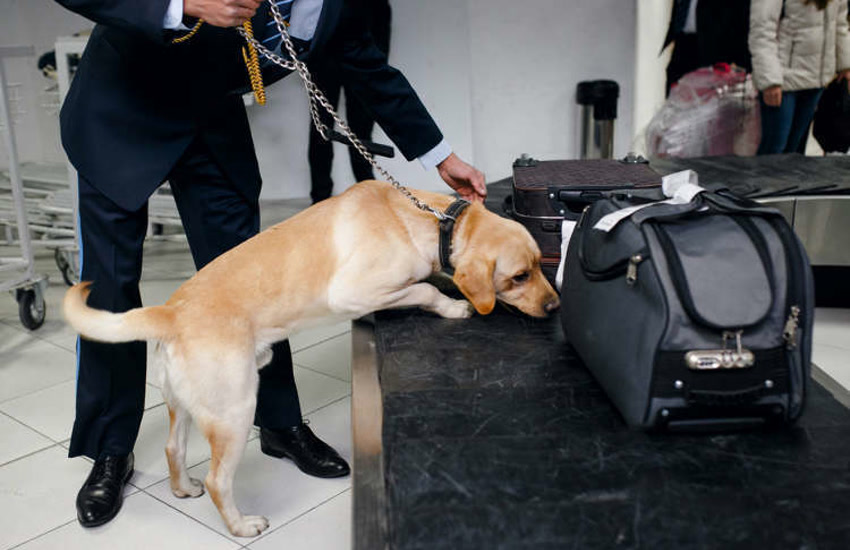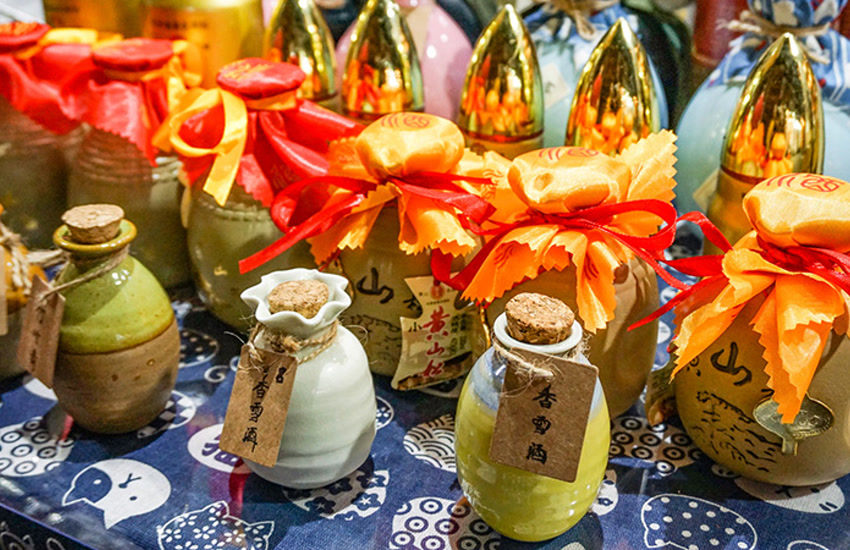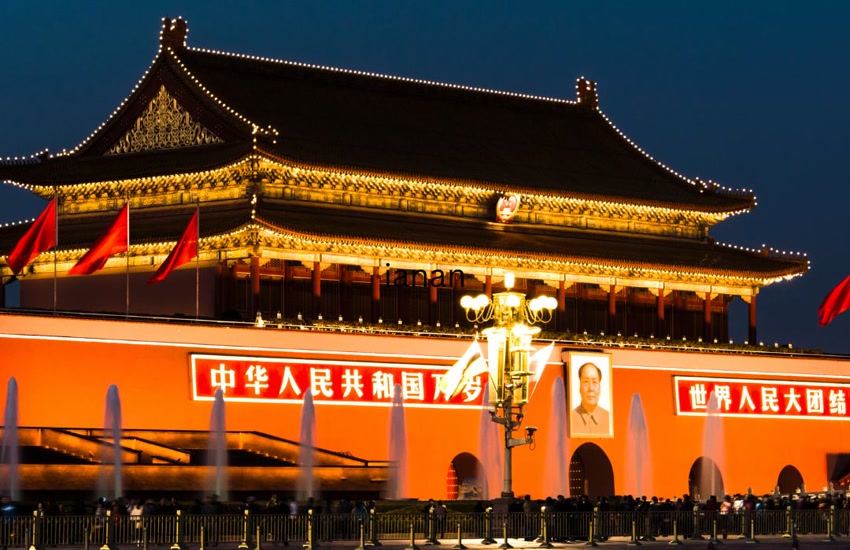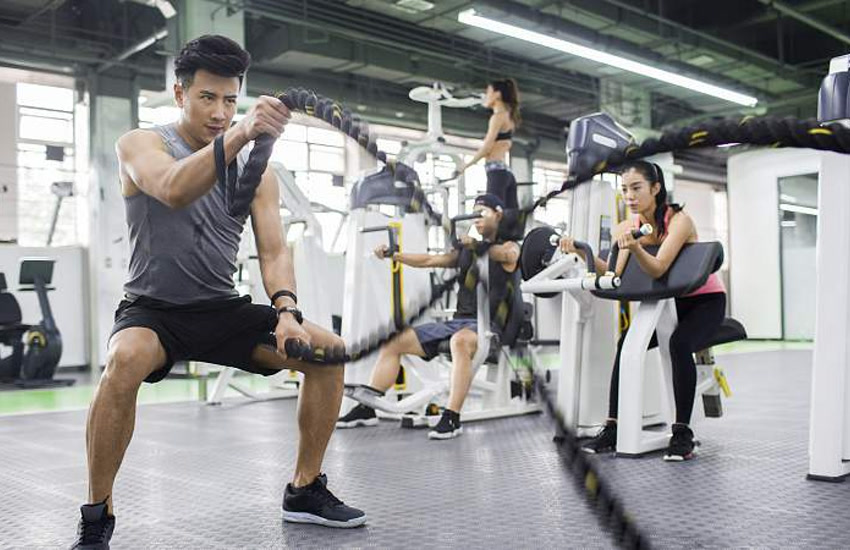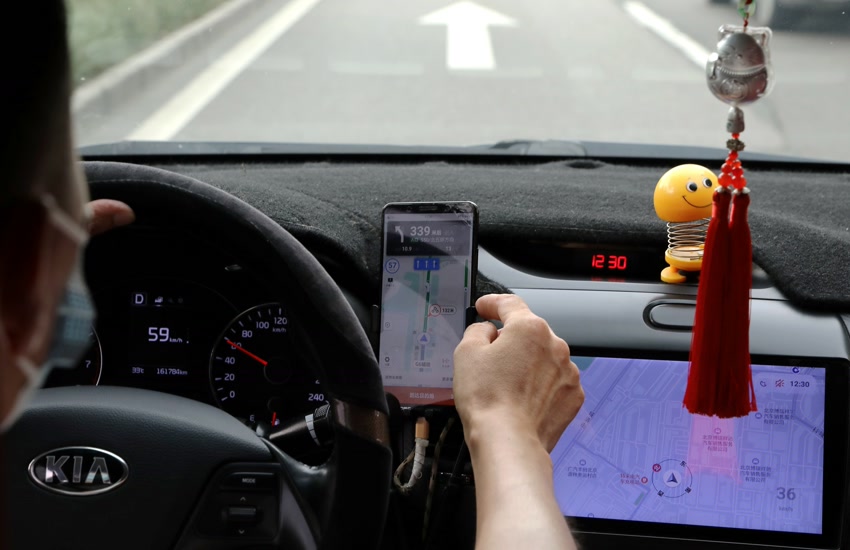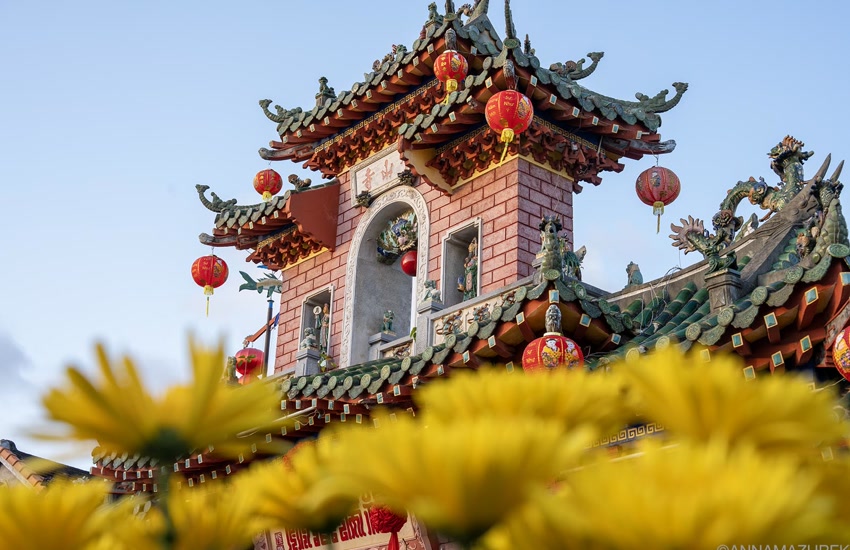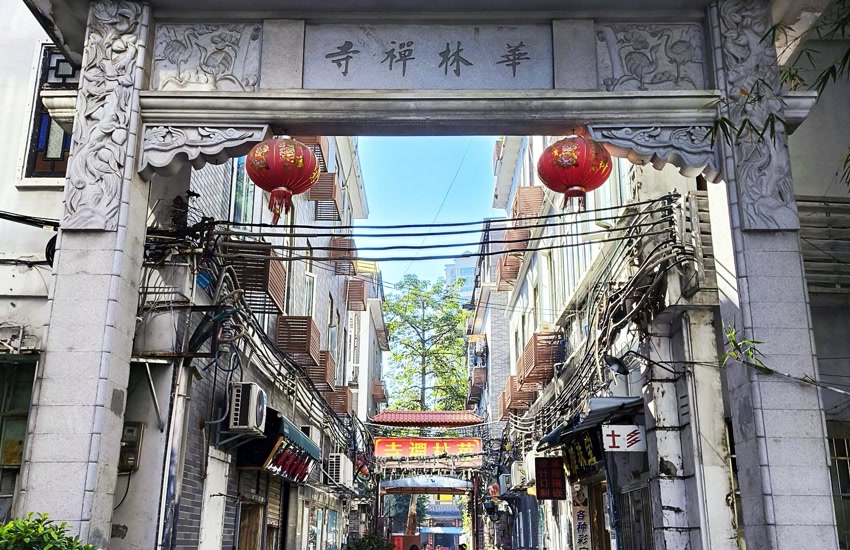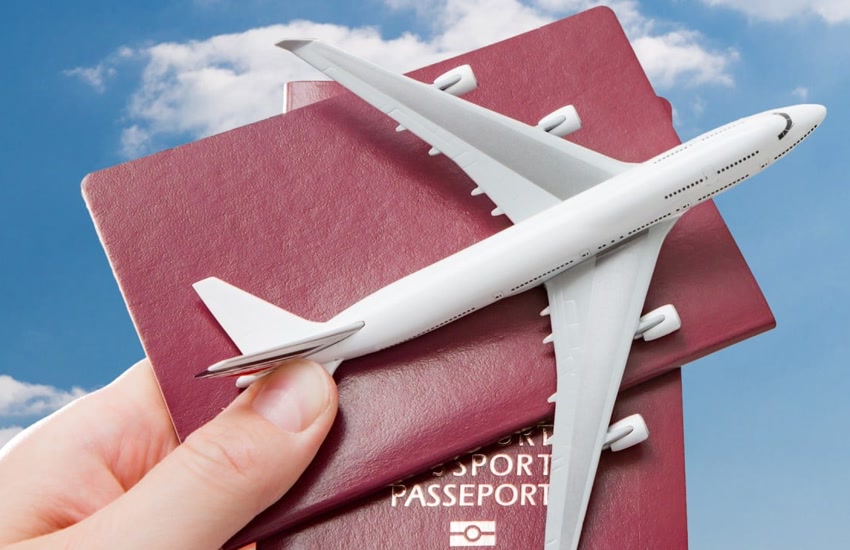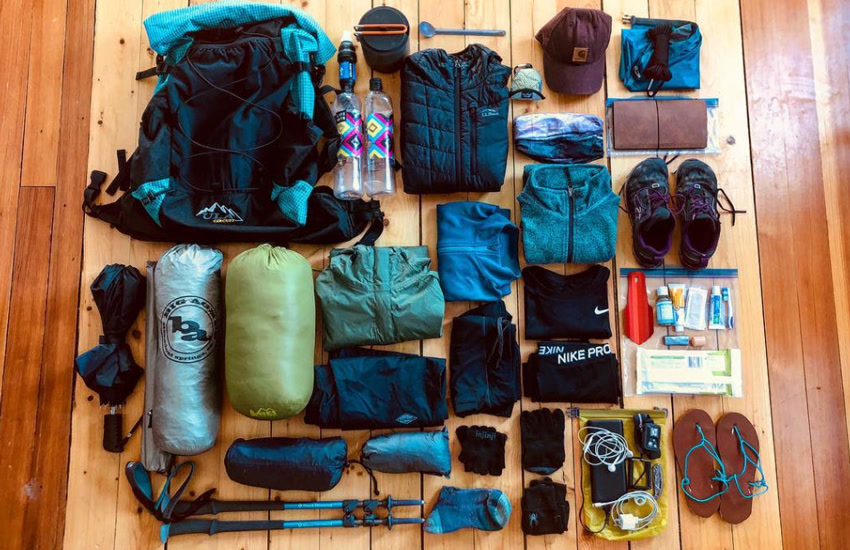
Ni hao, wanderlusters! Planning a trip to China is incredibly exciting.
From exploring things to do in Beijing to the bustling streets of Shanghai or the serene beauty of the Li River in Guilin, China offers a sensory feast unlike any other.
But before you can immerse yourself in this amazing country, there’s one crucial step: packing!
Introduction
And let’s be honest, figuring out how to pack for a trip can feel a little overwhelming. That’s where I come in.
After years of exploring China, I’ve learned a thing or two about packing smart.
This isn’t just another generic list; this is the ultimate packing list for your China trip, tailored to help you navigate everything from the weather to the payment systems.
The Essentials: Documents & Money
Documents You Need
Before you even think about clothes and electronics, let’s cover the absolute must-haves that will get you into the country and keep you going:
- Valid Passport: This one is a no-brainer, but double-check the expiration date! Many countries require at least six months of validity remaining upon entry. It’s also a good idea to make a copy (digital and physical) and store it separately from your actual passport. You’ll need it to visit tourist places in Beijing, China!
- Visa: Unless you qualify for China’s visa-free transit policy (more on that later), you’ll need a tourist visa. Apply well in advance – at least a month before your trip. Tourist visas are generally valid for 90 days, with a maximum stay of 30 days. You might also need to apply for a port visa depending on your entry point. For more information, check out Decoding China’s Visa Regulations for Foreign Travelers.
- Flight/Train/Cruise Tickets: Keep printed and digital copies of your tickets readily accessible. If you’re taking advantage of the 24/72/144-hour visa-free transit policy, having proof of onward travel is essential.
- Itinerary/Invitation Letter (Optional): If you’re on a guided tour, a printed itinerary and invitation letter can expedite your passage through customs. It contains all your tour information, including the daily schedule and contact information for people involved in the tour operations.
- Cash and Cards: While China is rapidly becoming a cashless society, having some CNY (Chinese Yuan) on hand is still a good idea, especially for smaller vendors and rural areas. Credit cards, especially Visa and Mastercard, are accepted in larger establishments, but don’t rely solely on them. For a detailed guide on using digital payments in China, check out Conquer China’s Cashless Kingdom: Your Ultimate Guide to WeChat, Alipay, and QR Codes (2025 Update!).
- Travel Insurance: This isn’t mandatory, but trust me, it’s worth it. Travel insurance can cover unexpected medical expenses, trip cancellations, lost luggage, and other unforeseen circumstances. It’s peace of mind in a (potentially) chaotic travel environment.
Digital Nomad (or Just Plain Connected) Gear
Staying Connected
Staying connected and informed is key in China, especially if you’re traveling independently. Here’s what to pack in the tech department:
- Universal Power Adapter: China uses 220V and a variety of plug types (mostly two-pronged flat and three-pronged angled). A universal adapter is a lifesaver. Don’t forget that wireless internet can be spotty!
- Power Bank: Essential for long days of sightseeing, especially if you are heading to places like Zhangjiajie. Be mindful of airline regulations regarding power banks on domestic flights – there are restrictions on capacity.
- VPN (Virtual Private Network): This is crucial if you want to access websites and apps like Facebook, Instagram, YouTube, and Google. The “Great Firewall” blocks many Western platforms. Download and set up your VPN before arriving in China. Also useful for finding in China WeChat group communities. For more in depth information, refer to Your Ultimate Guide to Choose the Best VPN for China.
- Offline Translation App: While Mandarin is becoming more widely spoken, don’t expect everyone you meet to speak English. An offline translation app (like Google Translate) can be a lifesaver for ordering food, asking for directions, and general communication.
- Smartphone: Essential for navigation, communication, and photography.
- Camera: While your phone camera is great, a dedicated camera can capture higher-quality images of China’s stunning landscapes and cultural sites.
Health & Hygiene: Staying Happy and Healthy
Health Preparations
China has come a long way in hygiene standards, but it’s still wise to be prepared:
- Medications: Pack any prescription medications you need, along with a copy of your prescription. Also, consider bringing over-the-counter essentials like pain relievers, diarrhea medicine, and antiseptic wipes.
- Hand Sanitizer & Wet Wipes: Public restrooms in China don’t always have soap or toilet paper, so these are essential.
- Toiletries: Most hotels provide basic toiletries, but if you’re particular about your shampoo, conditioner, or other personal care items, bring your own.
- Sunscreen, Hat, and Sunglasses: Protect yourself from the sun, especially if you’re traveling to western China.
- Insect Repellent: Mosquitoes can be a nuisance, particularly in southern China during the summer.
Clothes: Dressing for the Occasion (and the Weather!)
What to Wear
Packing clothes for China can be tricky because the weather varies dramatically depending on the region and time of year. Here’s a general guide:
- Versatile Layers: Layers are your best friend. Even in summer, temperatures can fluctuate, especially in mountainous areas.
- Comfortable Walking Shoes: You’ll be doing a lot of walking, so comfortable shoes are a must.
- Moisture-Wicking Fabrics: These are ideal for hot and humid climates, as they’ll help keep you cool and dry.
- Respectable Outfit: Pack at least one outfit suitable for nicer restaurants or cultural sites. You might even want to experience a Chinese wedding.
- Season-Specific Clothing:
- Summer: Lightweight, breathable clothing, shorts, t-shirts, sundresses.
- Winter: Warm layers, a heavy coat, hat, gloves, and scarf.
- Spring/Autumn: Layers, a light jacket, and comfortable pants.
- Umbrella/Rain Jacket: Essential, especially during the rainy season.
Quick Tip: Clothing sizes in China tend to run smaller than Western sizes, so it may be difficult to find your size in case you need to buy clothes while travelling.
Extras That Make a Difference
Additional Items
Here are some additional items that can make a huge difference in your travel experience:
- Small Backpack or Daypack: Essential for carrying essentials during sightseeing.
- Reusable Water Bottle: Stay hydrated and reduce plastic waste.
- Snacks: Particularly useful for long train journeys or when you can’t find familiar foods.
- Travel Pillow: For comfortable flights and train rides.
- Eye Mask and Earplugs: For better sleep in noisy environments.
- Small Gifts: If you’re visiting Chinese friends or staying with a host family, small gifts from your home country are a nice gesture.
Traveling with Kids? Don’t Forget These!
Essentials for Kids
If you are traveling with children, consider the following additions to your ultimate packing list for your China trip:
- Toys & Storybooks: Comfort items that remind them of home.
- Baby Formula & Food: Stick to what they’re used to, especially for toddlers.
- Baby Carriers: Easier than navigating crowded streets with a stroller.
- Diapers (Optional): Readily available in China, but pack enough for the first few days.
- Car Seat (Optional): Taxis rarely have car seats, so consider bringing your own or arrange for private transportation.
What NOT to Bring
Items to Leave Behind
Here are some items you should leave at home:
- Controversial Material: Avoid bringing books, magazines, or other materials that could be considered politically sensitive.
- Expensive Jewelry: It’s best to leave valuable items at home to avoid theft or loss.
- Weapons or Illegal Substances: This should go without saying!
Essential Cultural Considerations: Colors & Customs
Understanding Chinese Culture
While China is generally welcoming to tourists, it’s good to be aware of a few cultural nuances:
- Colors: While there aren’t strict rules about colors, avoid wearing all white to a funeral, as it’s associated with mourning. Red is considered a lucky color and is often worn during celebrations.
- Tipping: Tipping is not customary in mainland China.
Packing List for China: The 5-4-3-2-1 Method
The 5-4-3-2-1 Packing Method
Some swear by the 5-4-3-2-1 packing method, especially for shorter trips. It’s a minimalist approach that can help you avoid overpacking:
| 5 tops | 4 bottoms | 3 pairs of shoes | 2 outerwear items | 1 hat |
Of course, adjust this based on the length of your trip and the climate!
China Packing List PDF & Other Resources
Additional Resources
While I’ve tried to be as comprehensive as possible, everyone’s needs are different. You can often find customizable packing list PDFs online to help you tailor this guide to your specific trip. Check out resources on Reddit for personal recommendations and travel advice from other travelers. Consider joining a WeChat group for up-to-date information.
Final Thoughts: Pack Smart, Travel Far
Packing for a trip to China doesn’t have to be stressful. By using this ultimate packing list for your China trip as a guide, you can be sure you have everything you need to enjoy your adventure to the fullest. Remember to pack smart, stay comfortable, and be open to new experiences. China is waiting to be explored!
Have a wonderful trip, and zai jian! (Goodbye!)


